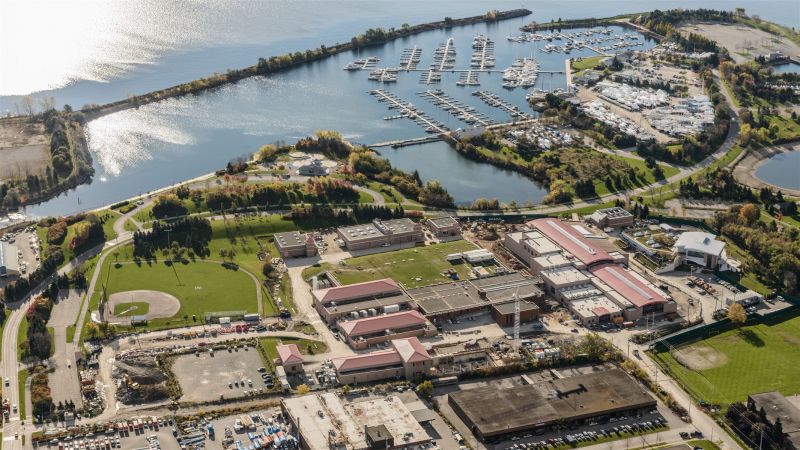TREVOSE, Pa. (Dec. 8, 2016)—Using GE’s Water & Process Technologies’ asset performance management solution, the Region of Peel, Ontario, Canada, optimized the timing of its system upgrade with new membranes to ensure continued drinking water safety and reliability for its residents, according to a statement from GE.
At the same time, a unique membrane cassette refurbishment program will ultimately save the Lakeview Water Treatment Plant over $1.5 million while minimizing environmental impact, GE said in the statement. Working together, Water & Process Technologies and the Region of Peel determined the optimal replacement timing for membranes in each section of the plant using the InSight asset performance management (APM) platform.
Armed with the data generated from InSight, which identified the remaining useful life of its membranes plant-wide, the Region of Peel decided to upgrade the Lakeview plant to the latest ZeeWeed 1000 ultrafiltration membrane technology in two phases and will subsequently improve membrane permeability and generate additional energy savings, both of which enable the plant to meet its expected life cycle costs and performance targets.
“Water quality is one of our highest priorities, and we look forward to continuing to provide a clean, reliable drinking water supply for our residents thanks to GE’s technology and partnership,” said Andrew Farr, executive director, water and wastewater, Region of Peel. “Water & Process Technologies has been a constant partner for us at the Lakeview Water Treatment Plant and throughout its subsequent expansions, as well as other projects throughout the region.”
 Lakeview Water Treatment Plant in the Region of Peel, Ontario, Canada. (Courtesy of GE)
Lakeview Water Treatment Plant in the Region of Peel, Ontario, Canada. (Courtesy of GE)InSight’s analytical capabilities were a key factor in helping to determine the optimal replacement program. By monitoring and trending key performance indicators, InSight showed which trains were nearing replacement. Using this data, Water & Process Technologies helped the Region of Peel maximize the lifespan of its membranes by ensuring they were not replaced too early—avoiding unnecessary spending—or too late—risking water quality and the safety of its residents.
“Water & Process Technologies is constantly looking to maximize value for our customers through our innovative membrane technologies and lifecycle services programs. Our digital solutions, including the InSight APM tool, allow us to take that one step further by shifting to a more proactive approach,” said Kevin Cassidy, global leader, engineered systems—GE’s Water & Process Technologies. “We look forward to a continued partnership with the Region of Peel and helping to meet their ongoing needs.”
The membrane replacement also includes several environmental benefits and cost-savings opportunities for the region. The Region of Peel chose Water & Process Technologies’ cassette refurbishment program—which reuses the existing cassette frame rather than replacing it—to reduce the amount of waste from stainless steel components and save additional water and energy that would have been used to manufacture new frames.
A further environmental impact was generated by taking advantage of rented membrane shipping frames from Water & Process Technologies, which reduces not only shipping costs and the associated carbon footprint by almost 70 percent, but also the amount of plastic and cardboard needed in the shipping process, eliminating up to 7,000 plastic bags and cardboard boxes. These innovative programs will save the Region of Peel more than $1.5 million while minimizing the overall impact to the environment.
The Lakeview Water Treatment Plant produces up to 436 million liters per day (96 million gallons per day) of treated drinking water. Water is taken from nearby Lake Ontario and treated for distribution to more than 800,000 people. Installation of its new ZeeWeed 1000 membranes will take place in two stages with the first phase being completed in the fourth quarter of 2016 and the second phase toward the end of 2017, resulting in an average life cycle of greater than 10 years.


